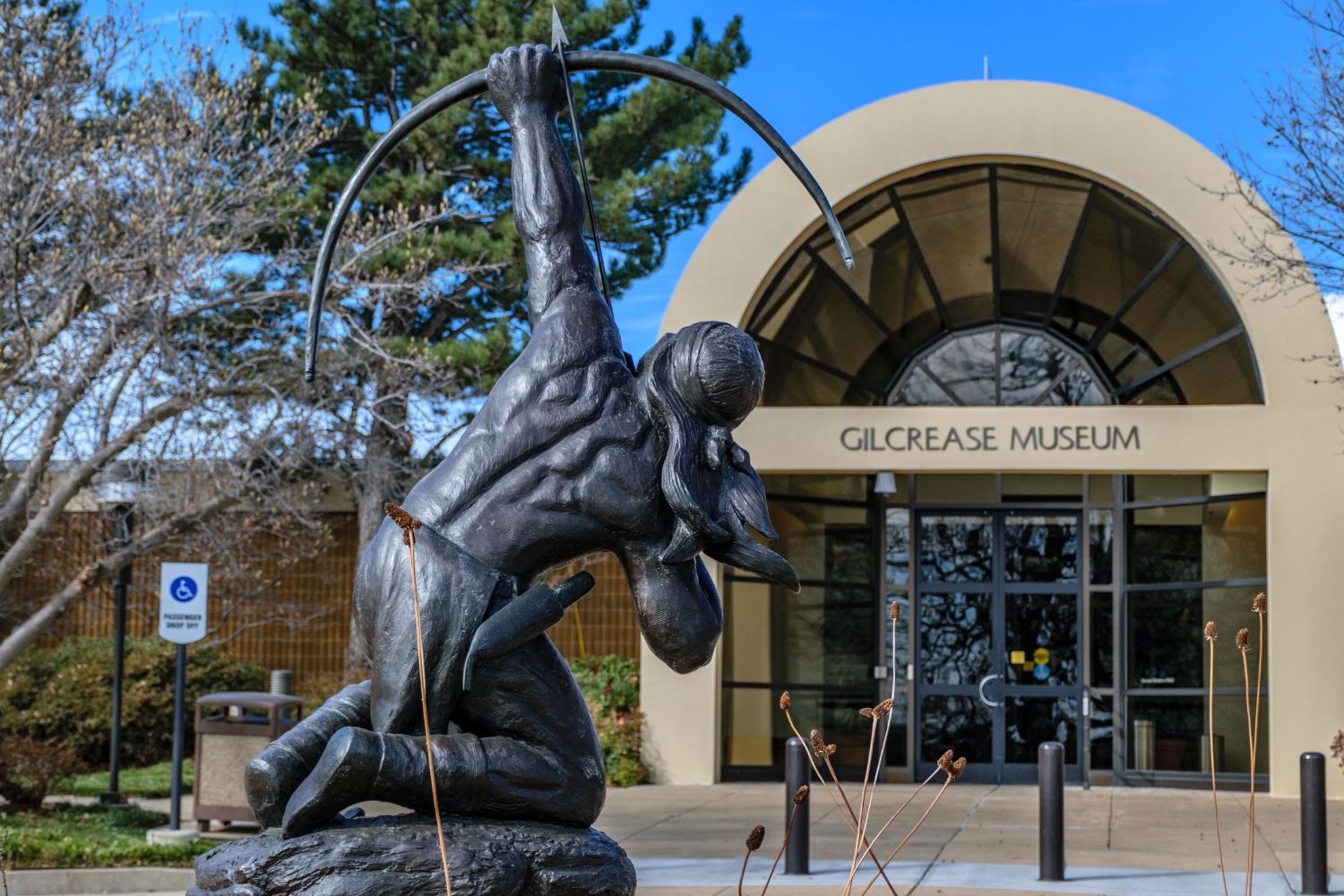Lost Trading Posts Of Oklahoma’s Indian Territory

Imagine stepping back in time to the days when trading posts dotted the landscape of Oklahoma's Indian Territory. These bustling hubs were more than just places to exchange goods; they were the heart of communities, where stories were shared and cultures intertwined. Traders, Native Americans, and settlers all converged here, creating a unique blend of traditions and commerce. Today, many of these historic sites have faded into obscurity, leaving behind whispers of their vibrant past. Yet, their legacy remains, offering a glimpse into a world where bartering was a way of life. As you journey through Oklahoma, you might stumble upon remnants of these forgotten posts, each with its own tale to tell. Whether you're a history buff or just curious, exploring these lost trading posts offers a fascinating window into the past, revealing the rich tapestry of life in Indian Territory.
The Historical Significance of Oklahoma's Trading Posts
Oklahoma's Indian Territory was once a bustling hub of commerce and culture. Trading posts played a crucial role in the lives of Native American tribes and settlers. These posts were more than just places to exchange goods; they were centers of social interaction and cultural exchange. Let's take a look at some of the lost trading posts that shaped Oklahoma's history.
1. Fort Gibson Trading Post
Fort Gibson was established in 1824 and quickly became a vital trading center. Located near the confluence of the Arkansas, Verdigris, and Grand Rivers, it served as a gateway for traders, trappers, and settlers. The post facilitated trade between Native American tribes and European settlers, offering goods like furs, tools, and textiles. Fort Gibson also played a significant role in the Trail of Tears, providing supplies and support to displaced tribes.
2. Chouteau's Trading Post
Founded by Auguste Pierre Chouteau in 1821, this post was one of the earliest in the region. Situated on the Grand River, it became a key trading point for the Osage Nation. Chouteau's Trading Post was known for its bustling activity, with traders exchanging goods such as pelts, beads, and firearms. The post's strategic location made it a popular stop for travelers and traders alike.
3. Fort Towson Trading Post
Established in 1824, Fort Towson was initially a military outpost. However, it quickly evolved into a thriving trading center. Located near the Red River, it served as a crucial link between the United States and Mexico. The post facilitated trade in goods like cattle, cotton, and tobacco. Fort Towson also played a role in the Texas Revolution, providing supplies and support to Texan forces.
4. Fort Washita Trading Post
Fort Washita, founded in 1842, was another important trading post in the Indian Territory. Positioned near the Texas border, it served as a hub for trade between Native American tribes and settlers. The post offered a variety of goods, including food, clothing, and tools. Fort Washita also played a role in the Civil War, serving as a Confederate supply depot.
5. Fort Sill Trading Post
Established in 1869, Fort Sill was initially a military installation. However, it quickly became a center for trade and commerce. Located near the Wichita Mountains, the post facilitated trade between Native American tribes and settlers. Fort Sill offered goods such as livestock, grain, and textiles. The post also played a role in the Indian Wars, serving as a base for military operations.
6. Boggy Depot Trading Post
Boggy Depot, founded in the 1830s, was a significant trading post in the Indian Territory. Situated near the Blue River, it served as a key stop on the Butterfield Overland Mail route. The post offered a variety of goods, including food, clothing, and tools. Boggy Depot also played a role in the Civil War, serving as a Confederate supply depot.
7. Fort Arbuckle Trading Post
Established in 1851, Fort Arbuckle was a military outpost that quickly became a center for trade. Located near the Washita River, it facilitated trade between Native American tribes and settlers. The post offered goods such as livestock, grain, and textiles. Fort Arbuckle also played a role in the Indian Wars, serving as a base for military operations.
Reflecting on Oklahoma's Trading Posts
Oklahoma's trading posts offer a glimpse into a time when these hubs were vital for commerce and cultural exchange. They served as meeting points for diverse communities, including Native American tribes and European settlers. Each post had its own story, shaped by the people who traded goods and shared traditions. Today, many of these sites are lost to history, but their impact remains. They played a crucial role in shaping the region's economy and cultural landscape. Visiting these locations or learning about them can provide a deeper understanding of Oklahoma's rich history. While some trading posts have vanished, their legacy continues to influence the state's identity. Exploring these stories helps us appreciate the complex tapestry of interactions that defined the Indian Territory. Oklahoma's trading posts remind us of the connections that once thrived in this unique part of the world.

